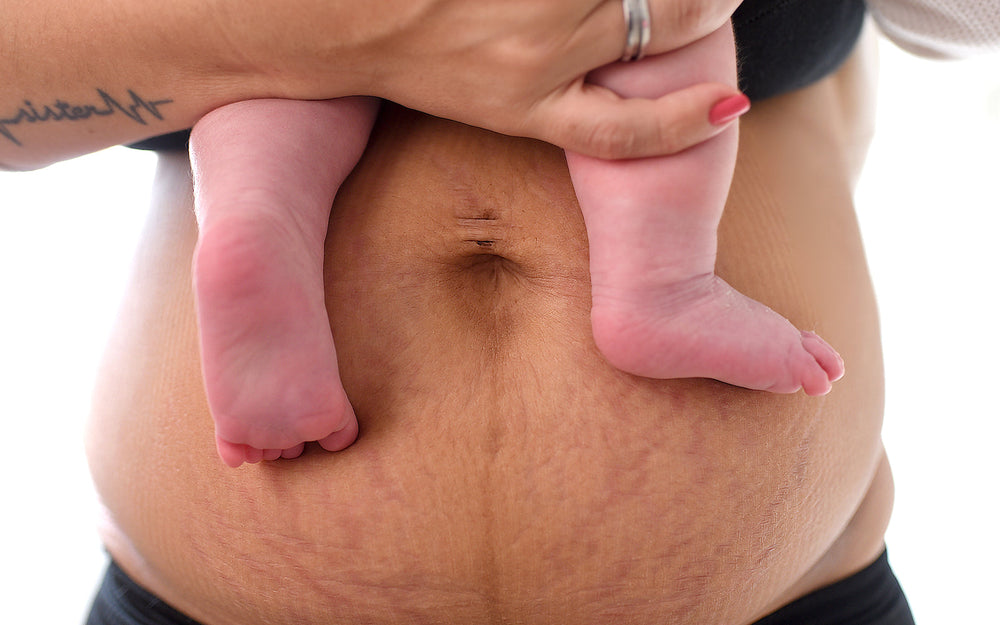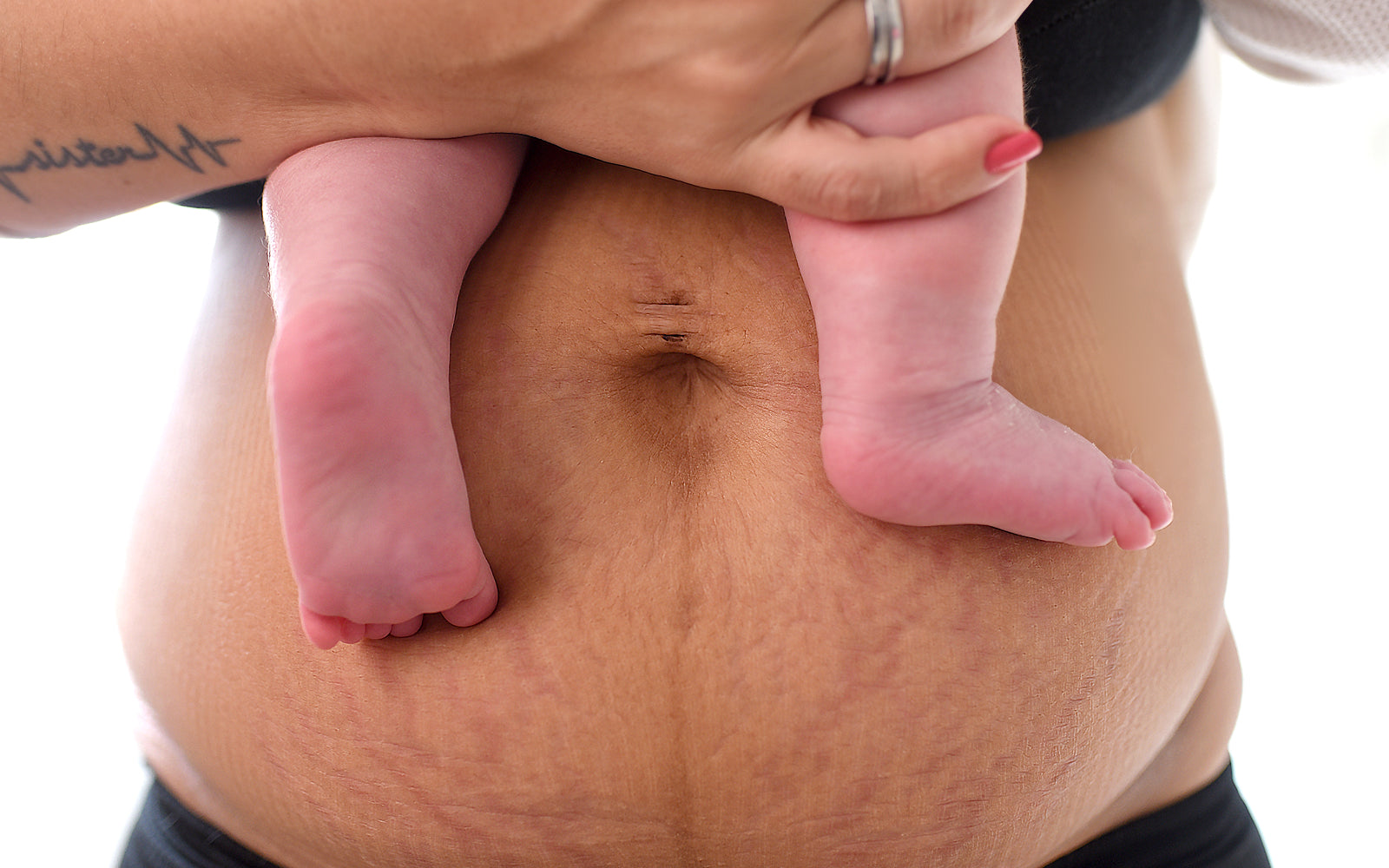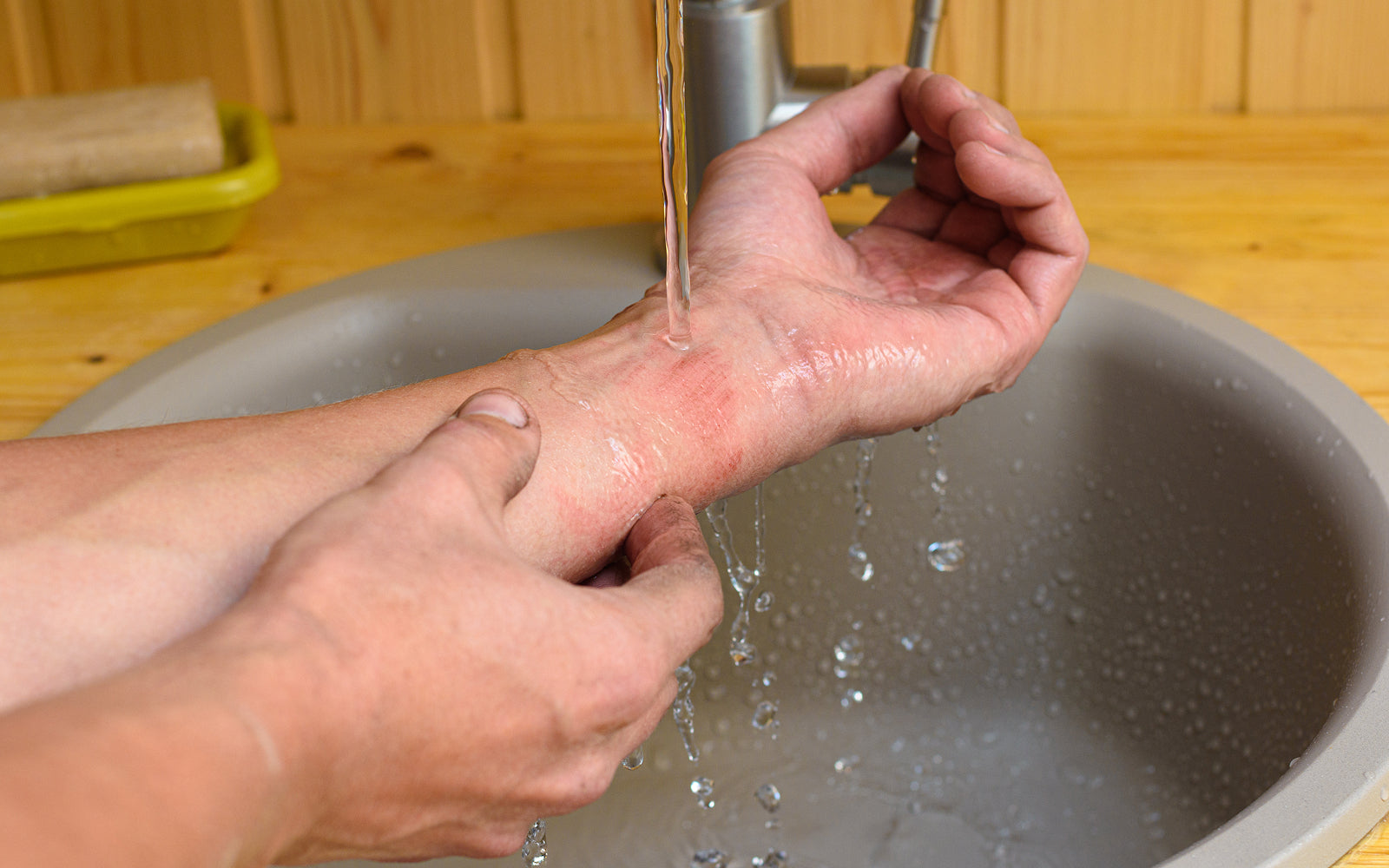
Relief Options for Managing Postpartum Pain
Postpartum pain can differ from one mother to another and is influenced by factors such as the type of delivery, your individual childbirth experiences, and your overall health. Understanding what to expect can empower you to manage these pains effectively and feel in charge of your recovery.
Understanding Postpartum Pain
Postpartum pain encompasses a wide range of pain, discomfort, and aches that can be experienced after giving birth. Common types of pain include:
-
Abdominal pain: Whether you had a cesarean or a vaginal delivery, some abdominal pain is to be expected. For C-section moms, tenderness at the incision site is common as you heal from major abdominal surgery. Additionally, afterpains (contractions as your uterus shrinks back to its normal size) can be quite noticeable after delivery.
-
Perineal pain: This area relaxes and stretches significantly during vaginal childbirth and may be tender or swollen. If you experienced a tear or had an episiotomy, stitches might add to the discomfort, causing itching as they heal.
-
Back pain: Carrying extra weight during pregnancy can strain your joints and back muscles, leading to postpartum back pain. Some breastfeeding positions can also aggravate back pain, so if you’re having pain, you may want to talk to your doctor or lactation consultant about the way to position yourself to reduce and prevent pain.
-
Constipation: Common after birth, whether from dehydration or medication given during childbirth. Talk to your doctor about adding a stool softener or laxatives to your early postpartum regimen.
-
Breast & nipple pain — Whether you choose to breastfeed or not, your breasts and nipples will be sore as your milk comes in. Ease engorgement pain with cool compresses or therapy pads. Wearing supportive nursing bras may help as well.
-
Hormonal shifts — Postpartum hormonal changes can lead to various aches and pains and influence your physical and emotional well-being. Don’t be afraid to have conversations with your partner and your health team about what you’re noticing. These shifts are normal even if they don’t feel like it.
Managing Postpartum Hemorrhoids
Many women develop hemorrhoids, or piles, during pregnancy due to constipation or the strain of pushing. These swollen veins in and around the rectum can cause symptoms such as pain, itching, and bleeding during bowel movements. Here are some ways you can find relief and manage postpartum hemorrhoid discomfort:
-
Increase fiber intake: Eating more fiber-rich foods can help prevent constipation and reduce straining. Avoid spicy foods, which may further irritate hemorrhoids.
-
Stay hydrated: Hydration is important to help ease digestion. Drink at least 8 glasses of water daily, more if you’re breastfeeding.
-
Pain relief sprays and ice: Comfort your perianal area with Dermoplast Postpartum Spray, then apply ice or gel packs to help with swelling.
-
Warm soaks: Sitting in a warm water bath for 10-15 minutes can help soothe hemorrhoids. Adding Epsom salts can help reduce inflammation and promote healing.
-
Gentle exercise: Once cleared by your doctor, incorporate walking to help stimulate your bowels.
Most postpartum hemorrhoids will resolve on their own after 6 to 12 weeks. However, if your hemorrhoids form a painful clot, known as a thrombosed hemorrhoid, or last several months, seek medical treatment.
General Postpartum Pain Relief
The right pain relief methods can help your recovery journey feel easier. Here are some effective strategies to manage perineal postpartum pain:
-
Pain relieving sprays: Doctors may recommend various methods for managing perineal pain after childbirth, which can include the use of anesthetic spray. Dermoplast Postpartum Spray provides targeted no-touch pain relief and can easily be incorporated into your daily care routines. Always consult your doctor to determine what’s best for your recovery.
-
Padded ring or pillow: Sitting on a padded ring or pillow can alleviate pressure on tender areas, especially if you have hemorrhoids.
-
Cold packs or warm compresses: Apply warm compresses to your breasts 10 minutes before nursing or pumping to ease the milk flow. After a feeding or pumping session apply cold compresses for 20 to 30 minutes to help reduce swelling.
-
Proper hygiene: Always wash your hands well before cleaning your vaginal and incision areas to prevent infection and promote healing.
-
Comfortable clothing and supportive accessories: Wear loose, comfortable clothing and supportive accessories like a belly band (if approved by your doctor) to enhance comfort and reduce pain.
-
Physical therapy: Postpartum physical therapy can address muscle weakness, abdominal wall separation, and pelvic health issues, helping you regain strength and balance. Talk to your doctor if you feel you’re struggling to recover physically from birth.
By understanding what to expect and thinking about pain relief strategies before birth, you can navigate the postpartum period with greater confidence and ease. Plus, being prepared to manage the pain can allow you to focus on enjoying your time with your new baby.


